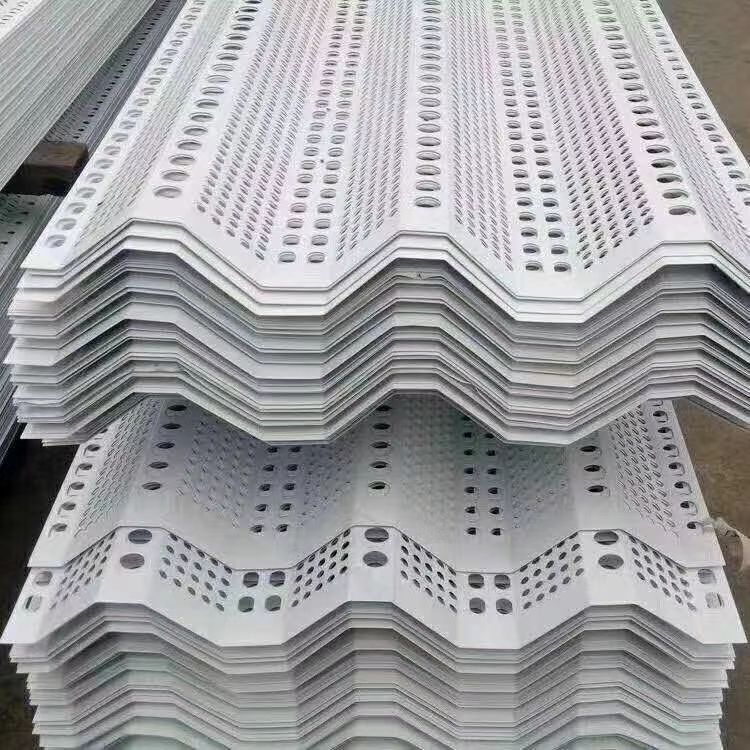The Versatility and Applications of Bar Grating Panels
Bar grating panels have become an essential component in various industries due to their durability, strength, and versatility. These panels are typically made from galvanized steel, stainless steel, or aluminum, providing a robust solution for numerous applications. They consist of a series of parallel bars that are spaced evenly apart, allowing for both structural support and drainage. This article explores the characteristics, benefits, and diverse applications of bar grating panels.
Characteristics of Bar Grating Panels
One of the primary features of bar grating panels is their excellent load-bearing capacity. The design enables them to withstand significant weight, making them suitable for heavy-duty applications. Depending on the material used and the specific design, bar grating panels can handle loads that range from pedestrian traffic to heavy vehicular loads.
Another advantage is their corrosion resistance. Galvanized steel and stainless steel options offer protection against rust and environmental degradation, allowing them to maintain structural integrity even in harsh conditions. This makes bar grating panels an ideal choice for outdoor applications, particularly in marine environments where exposure to saltwater can be detrimental to other materials.
Moreover, the open design of bar grating panels allows for excellent drainage. Liquids can flow through the spaces between the bars, minimizing the accumulation of water on surfaces. This feature is particularly beneficial in industrial settings, where spills or leaks might occur.
Benefits of Using Bar Grating Panels
The benefits of using bar grating panels extend beyond their physical properties. Their lightweight nature facilitates easy installation, reducing labor costs and time. Furthermore, they can be customized to fit specific dimensions and loads, providing flexibility to meet the demands of different projects.
bar grating panels

Safety is another important consideration. The slip-resistant surfaces of many bar grating panels help reduce the risk of slips and falls, making them a safe choice for walkways, stairs, and other pedestrian areas. Various finishes and coatings can enhance this safety feature, depending on the intended use.
Diverse Applications of Bar Grating Panels
Bar grating panels find applications across a wide range of industries. In the construction sector, they are frequently used for flooring systems, walkways, and platforms, providing both safety and durability. In industrial settings, bar grating panels are utilized for trench covers, machinery platforms, and chemical containment areas due to their strength and resistance to corrosive chemicals.
In the energy sector, these panels play critical roles in oil and gas operations, providing safe access to equipment and controls. Similarly, in wastewater treatment facilities, bar grating panels are commonly used to cover access points, allowing for both safety and efficient drainage.
In the transportation industry, bar grating panels are often installed on bridges and highways to facilitate water runoff and reduce the risk of hydroplaning. Their application in public spaces, such as parks and recreational areas, has also increased due to their aesthetic versatility and functionality.
Conclusion
Bar grating panels offer a unique combination of strength, safety, and versatility, making them an indispensable element in various industries. Their ability to withstand heavy loads, resist corrosion, and facilitate drainage underscores their value in modern infrastructure. As industries continue to evolve, the demand for reliable and adaptable solutions like bar grating panels will undoubtedly increase, paving the way for innovative applications in the future.
-
The Best Metal Mesh Solutions: Expanded Aluminum Metal vs. Expanded Stainless Steel Metal
NewsSep.10,2024
-
Round Perforated Sheets vs. Hexagonal Perforated Sheets vs. Embossed Perforated Sheet Metal
NewsSep.10,2024
-
Perforated Metal Sheets
NewsSep.10,2024
-
Experience The Excellence Of Stainless Steel Grating
NewsSep.10,2024
-
Discover the Versatility Of Metal Mesh Expanded Forming Machines
NewsSep.10,2024
-
Discover The Advantages Of Steel Grating For Sale
NewsSep.10,2024
Subscribe now!
Stay up to date with the latest on Fry Steeland industry news.

